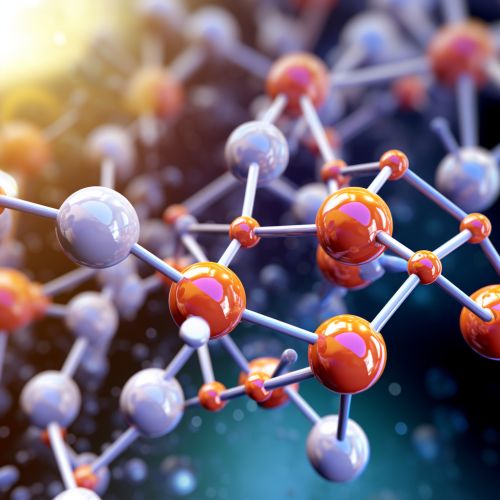Receptor (biochemistry)
Introduction
Receptors are specialized protein molecules usually found on the surface of cells that play a crucial role in biochemical reactions. They are responsible for receiving and responding to chemical signals, or ligands, that can originate from within the organism (endogenous) or from the external environment (exogenous). The interaction between a receptor and its ligand leads to a cascade of biochemical events within the cell, ultimately resulting in a cellular response.
Structure of Receptors
Receptors are composed of amino acids and have a specific three-dimensional structure that allows them to bind to their respective ligands. The binding site of a receptor is often a groove or pocket that is complementary in shape to the ligand. This specificity ensures that each receptor will bind only to certain ligands, leading to a specific cellular response.


Classification of Receptors
Receptors can be classified based on their location, mechanism of action, or the type of ligand they bind to.
Location-Based Classification
Receptors can be broadly classified into two categories based on their location: cell surface receptors and intracellular receptors.
1. Cell Surface Receptors: These are located on the cell membrane and bind to ligands that cannot cross the cell membrane. Examples include G protein-coupled receptors, ion channels, and receptor tyrosine kinases.
2. Intracellular Receptors: These are located inside the cell and bind to ligands that can cross the cell membrane. Examples include steroid hormone receptors and thyroid hormone receptors.
Mechanism-Based Classification
Receptors can also be classified based on their mechanism of action:
1. Ionotropic Receptors: These are ligand-gated ion channels that open or close in response to the binding of a ligand, allowing ions to flow across the cell membrane.
2. Metabotropic Receptors: These are not ion channels themselves, but their activation leads to the opening or closing of ion channels through a series of biochemical events.
Ligand-Based Classification
Receptors can also be classified based on the type of ligand they bind to. For example, peptide receptors bind to peptide ligands, steroid receptors bind to steroid ligands, and so on.
Function of Receptors
The primary function of receptors is to receive and respond to chemical signals. When a ligand binds to a receptor, it triggers a change in the receptor's shape or conformation. This change can have various effects, such as activating an enzyme, opening an ion channel, or initiating a signal transduction pathway. The ultimate result is a change in the cell's behavior or function.
Receptor-Ligand Interactions
The interaction between a receptor and its ligand is a key event in cellular signaling. This interaction is characterized by two important properties: affinity and specificity.
1. Affinity: This refers to the strength of the interaction between a receptor and its ligand. A receptor with high affinity for a ligand will bind to it even at low concentrations.
2. Specificity: This refers to the ability of a receptor to bind to a specific ligand and not to others. Specificity is determined by the shape and charge distribution of the receptor's binding site.
Receptor Regulation
Receptors are not static entities; their number and sensitivity can be regulated by the cell. This regulation can occur through several mechanisms, including receptor desensitization, downregulation, and upregulation.
1. Receptor Desensitization: This is a process by which a receptor becomes less responsive to its ligand after prolonged exposure. This can occur through mechanisms such as receptor phosphorylation or internalization.
2. Receptor Downregulation: This is a process by which the number of receptors on the cell surface decreases, often in response to prolonged exposure to a ligand.
3. Receptor Upregulation: This is a process by which the number of receptors on the cell surface increases, often in response to a lack of ligand.
Clinical Significance of Receptors
Receptors play a crucial role in many physiological processes and are therefore targets for many drugs. By understanding the structure and function of receptors, researchers can design drugs that can either activate or inhibit specific receptors, thereby treating various diseases and conditions.
